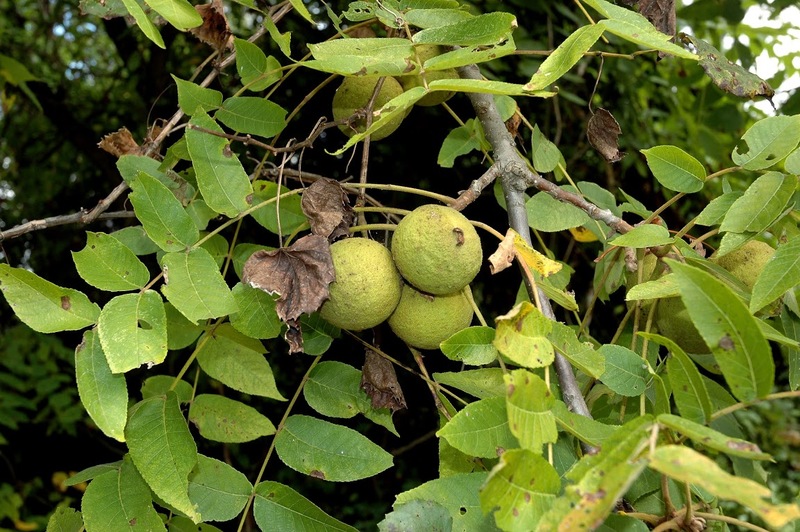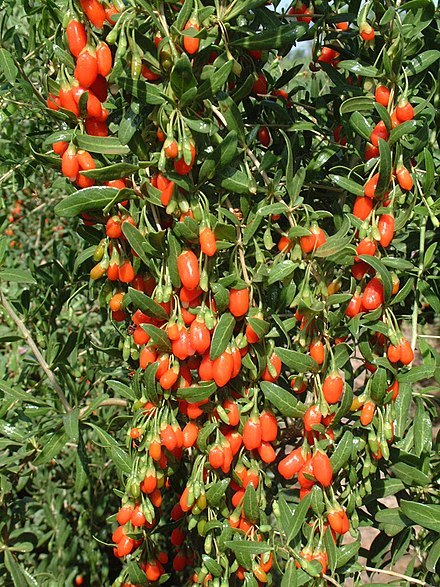Description
The white poplar, scientific name Populus alba, is a large, fast-growing deciduous tree native to Europe, Asia, and North Africa. It has a tall, straight trunk and can grow to over 100 feet in height. The bark is white or pale gray, and the leaves are oval-shaped and white on the underside, giving the tree its common name. The flowers are small and inconspicuous, and the fruit is a small, cottony seed that is dispersed by the wind.
The white poplar prefers moist, well-drained soil and full sun, but it is adaptable to a wide range of conditions. It is a fast-growing tree, but it has a relatively short lifespan and is susceptible to a number of diseases and pests. It is winter hardy and can withstand temperatures down to -20 degrees Fahrenheit.
The leaves of the white poplar are edible and are sometimes used in salads or cooked as a vegetable. The tree also produces a resin that can be used for various purposes, including making varnish, soap, and medicinal preparations.
In addition to its edible leaves and resin, the white poplar has a number of other uses. The wood is soft and lightweight, and it has been used for paper, cardboard, and other purposes. The bark has been used for tanning leather and the leaves can be used as animal feed. The tree also provides habitat and food for a variety of wildlife, including birds and small mammals. The white poplar has also been used medicinally to treat a variety of ailments.


